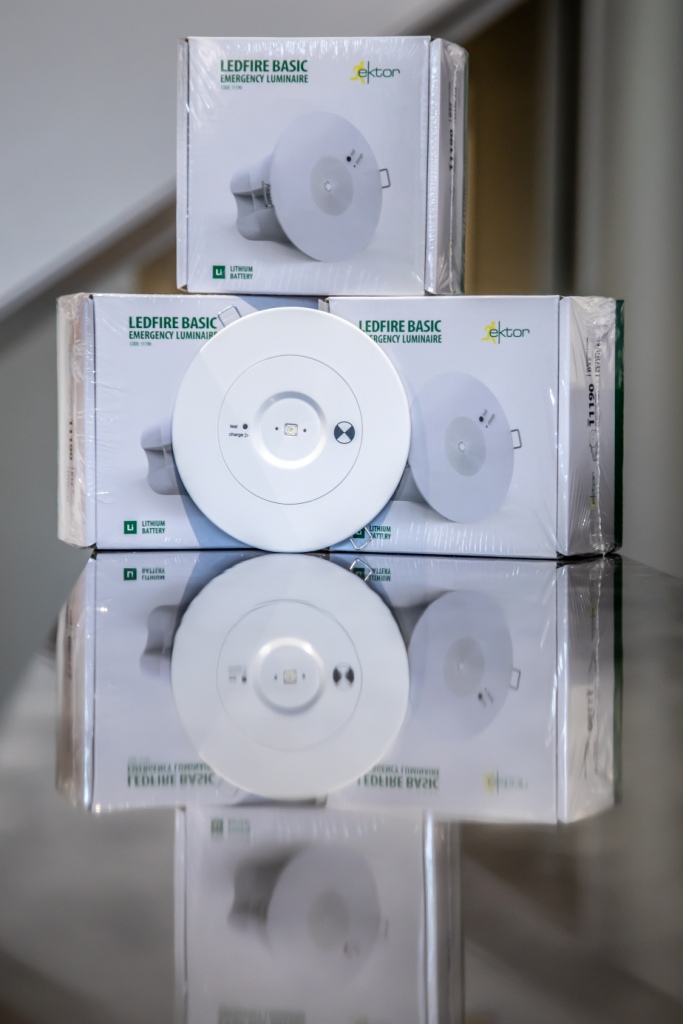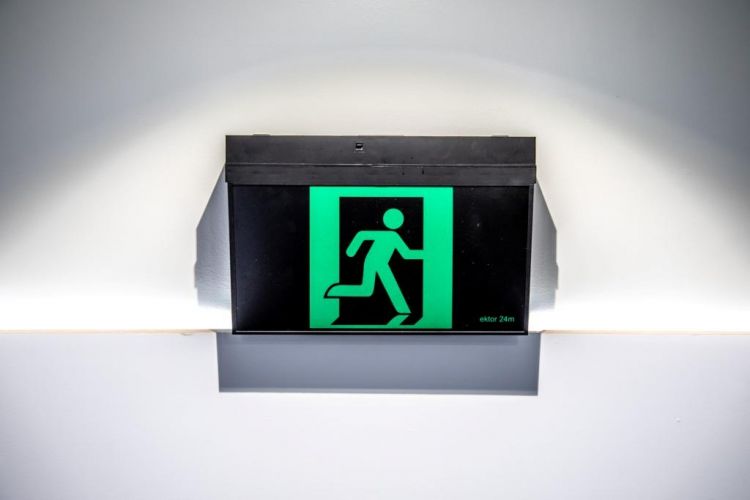What Are Emergency / Exit Lights?
If you have emergency lights in your building, then they need to be regularly tested by an IQP (Independent Qualified Person). The frequency of those tests is quantified further in this article. We can help you with this as we are IQPs
If you don’t have them, but want to or need Emergency and Exit Lights installed in your building, you will require a building consent and an engineered design. For your information, below is a basic overview of when are emergency lights are required:
- In a building that operates in the evenings/night,
- Open to the public where the occupants may not be familiar with the exit ways
What is the difference between Emergency Lights and Exit Lights?
- Emergency lights are lights that are powered by 240volts AC, but when there is no 240volts switch to a battery power to keep illuminated.
- Exit lights are the same as above, but are usually placed above exit doors with the words 'Exit' or a pictorial showing the exit sign. They often stay on permanently (known as 'maintained')
What are the different types of lights?
Old Style (Pre 1971)
These were what is called 'centralized battery'. They more commonly are 12 volt systems, although 24 and 36 volt systems are around.
Advantages:
Although only 1, 2 or maybe 3 large batteries are required on these systems, you only ever have to replace one set when they eventually fail (which all batteries do!) after 5-6 years
Disadvantages:
They must be checked by an IQP monthly, however your IQP should be checking the fire alarm system monthly anyway, so the attendance cost is already covered.
240 Volt Emergency Lights With Individual Battery Back Up
Advantages:
- Only need testing six monthly
- More flexible for the needs of a building, ie:
- maintained lights permanently illuminate the exit ways and exits from a building
- switched emergency lights can be switched on and off like a standard light but will switch on under battery if the power fails
Disadvantage:
Each light fitting is expensive and has a shelf life of about four years, so expect to replace all fittings at least once ever four years



